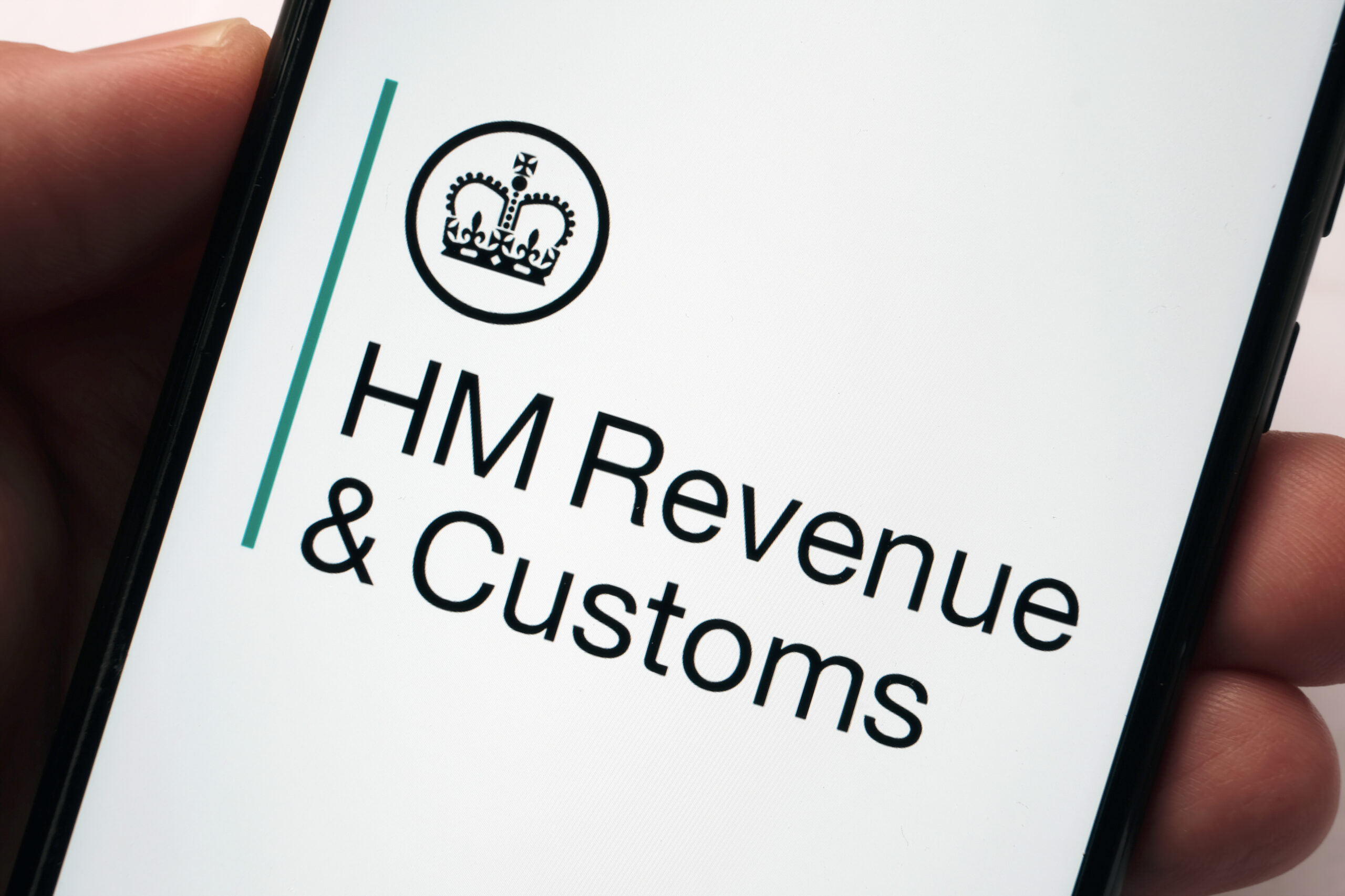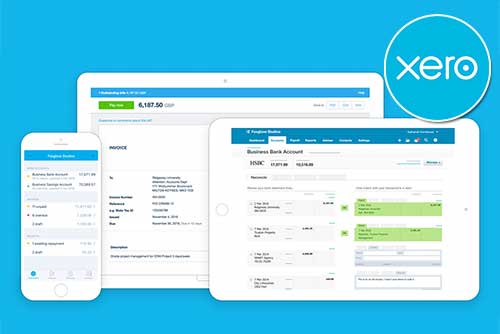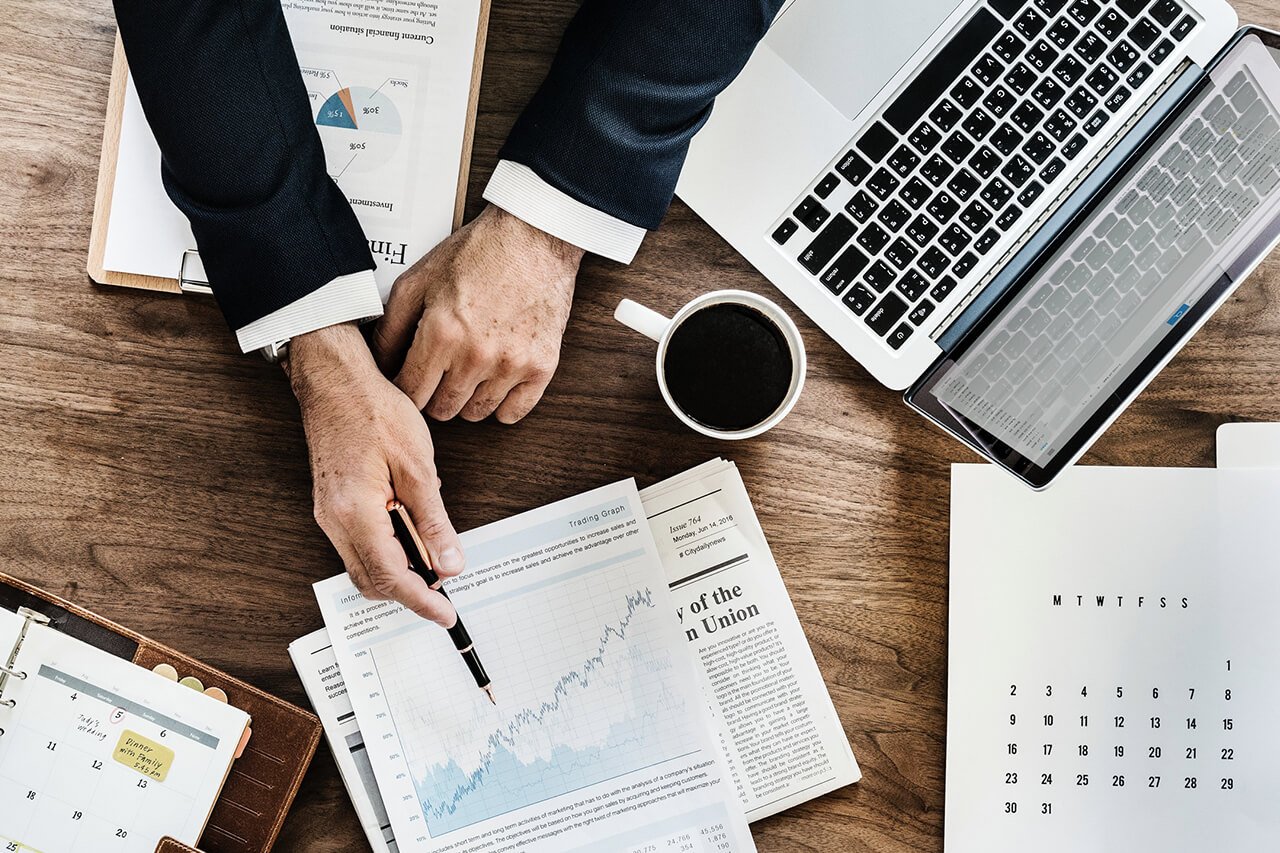What Are Fixed Assets?
Fixed assets play a vital role in the financial health and operational efficiency of businesses across industries. Understanding what fixed assets are, how they are utilised, and their significance is crucial for entrepreneurs, investors, and financial professionals alike.
In this article, we’ll delve into the definition of fixed assets, explore examples, and discuss why they matter.
What Is a Fixed Asset?
Fixed assets, also known as tangible assets or property, plant, and equipment (PP&E), are long-term resources that a company acquires for the purpose of generating income and providing operational support. These assets are not intended for sale in the normal course of business; instead, they are expected to be used over a long period, typically more than one accounting period, to facilitate business activities.
Examples of Fixed Assets
- Property: This includes land, buildings, and any improvements made to them, such as landscaping or renovations. Real estate companies, manufacturing firms, and retail chains often have substantial investments in property.
- Machinery and Equipment: These assets encompass machinery used in production processes, manufacturing equipment, office furniture, and vehicles. Examples range from assembly line robots in manufacturing plants to computers in office spaces.
- Intangible Assets: While fixed assets are typically tangible, certain intangible assets, such as patents, copyrights, and trademarks, can also be considered fixed assets if they have a determinable value and are expected to benefit the company over multiple accounting periods.
The Differences Between Fixed Assets, Current Assets, and Non-Current Assets
Fixed assets are assets with a useful life extending beyond a single accounting period. These assets are essential for the production or provision of goods and services within a business. Examples include land, buildings, machinery, equipment, vehicles, and furniture. Fixed assets are recorded on the balance sheet at historical cost (purchase price) less accumulated depreciation. Depreciation expense is recognised over the asset’s useful life to allocate its cost systematically, reflecting its gradual consumption over time.
On the other hand, current assets are assets expected to be converted into cash or consumed within one year or the operating cycle of the business, whichever is longer. These assets are readily accessible and play a crucial role in supporting day-to-day operations and meeting short-term obligations. Common examples of current assets include cash, cash equivalents, accounts receivable, inventory, and prepaid expenses.
Non-current assets, also known as long-term assets, are assets expected to provide economic benefits beyond the current accounting period. Unlike current assets, noncurrent assets are not expected to be converted into cash or consumed within one year. Instead, they contribute to the long-term growth and sustainability of the business. Noncurrent assets encompass a variety of assets, including long-term investments, intangible assets, property held for investment, and deferred charges.
Fixed Assets in Corporate Accounting
The accounting treatment of fixed assets involves two key processes: capitalisation and depreciation.
Capitalisation
When a fixed asset is acquired, its cost is capitalised, meaning it is recorded as an asset on the company’s balance sheet rather than an expense on the income statement. This allows the company to spread the cost of the asset over its useful life, which can span several years.
Depreciation
Depreciation is the systematic allocation of the cost of a fixed asset over its useful life. This process recognises that fixed assets lose value over time due to wear and tear, obsolescence, or other factors. The depreciation expense for a given period is a debit that reduces income on a company’s income statement. Simultaneously, the offsetting credit accumulates in the ‘accumulated depreciation’ account on the balance sheet.
By depreciating fixed assets, companies can match the cost of the asset with the revenue it generates over its useful life, providing a more accurate picture of the company’s financial performance.
Importance of Fixed Assets
- Operational Stability: Fixed assets provide the infrastructure and tools necessary for businesses to operate efficiently. Without these assets, companies would struggle to produce goods or deliver services.
- Revenue Generation: Many fixed assets directly contribute to revenue generation. For example, machinery and equipment in manufacturing plants enable the production of goods, while real estate properties can be leased or rented out for income generation.
- Long-Term Value: Fixed assets represent significant investments that contribute to a company’s long-term value. Proper maintenance and utilisation of these assets can enhance productivity and profitability over time.
- Financial Reporting: Fixed assets are reported on a company’s balance sheet and depreciated over their useful lives. Understanding the value and depreciation of fixed assets is crucial for accurate financial reporting and assessment of a company’s financial health.
- Investment Decisions: Investors and stakeholders often evaluate a company’s fixed asset base when making investment decisions. A robust portfolio of fixed assets can signal stability and growth potential.
- Asset Appreciation: Certain fixed assets, particularly real estate, tend to appreciate in value over time. This appreciation can provide additional financial benefits to the business, such as increased equity and borrowing power.
Fixed Assets in Business Operations
Fixed assets are indispensable components of a company’s operations and financial health. From property and equipment to infrastructure and intangible assets, these long-term resources play a critical role in facilitating business activities, driving growth, and creating value for stakeholders. Understanding the nature, examples, and importance of fixed assets is essential for sound financial management and strategic decision-making.





















